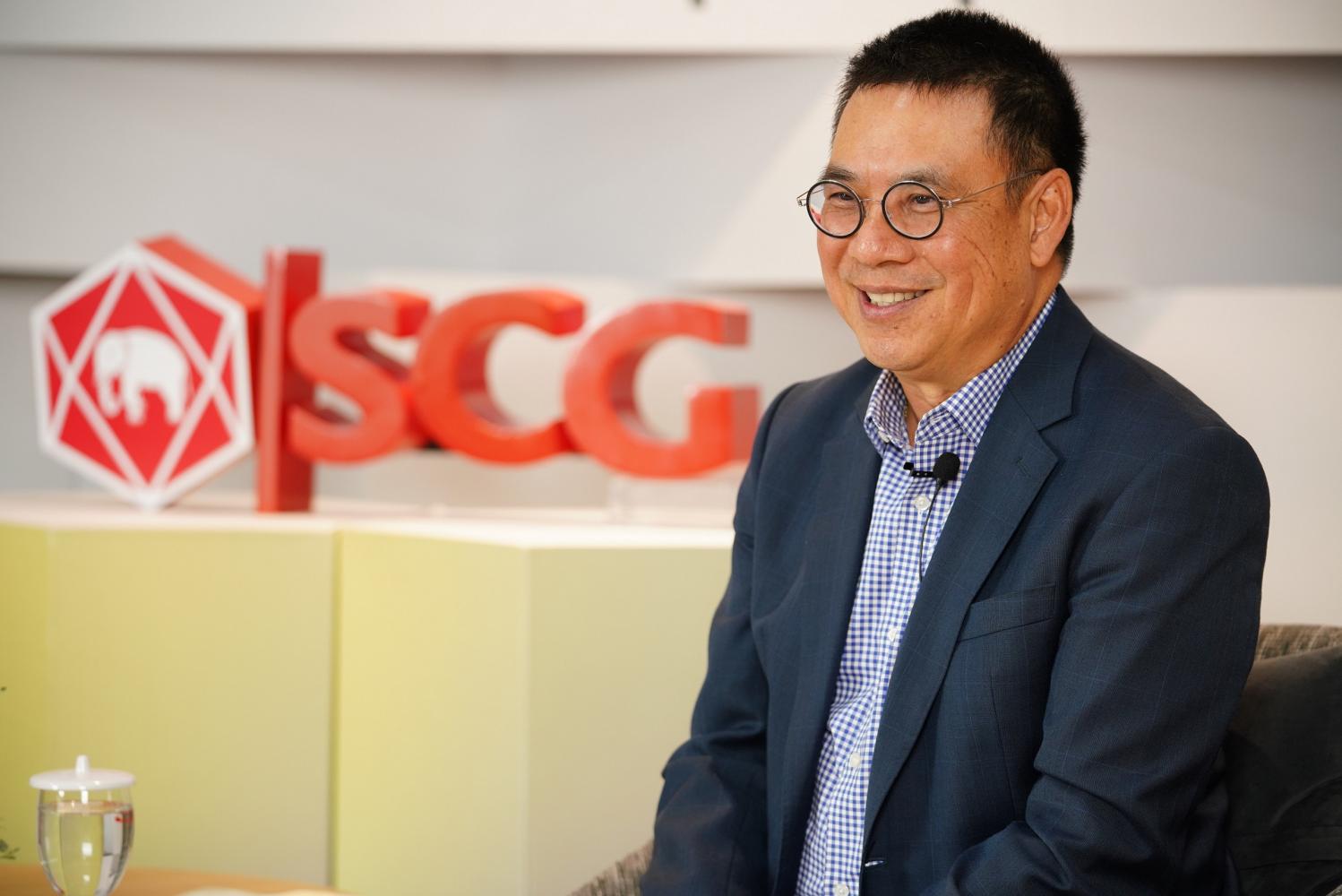
Asia's middle-income countries have undergone significant economic transformation and enjoyed dramatic growth in the past decade. Yet, many still lack the ability to create innovation essential for driving productivity, economic development and sustainability, all of which are critical for their future prosperity.
Several factors have hindered innovation in the region, and the challenge has been magnified by the impact of the prolonged Covid-19 outbreak, according to a new World Bank report titled "The Innovation Imperative for Developing East Asia".
These factors include inadequate information about new technologies, uncertainty about returns on innovation projects, weak business capabilities, insufficient staff skills and limited financing options.
As well, the report said, many countries' innovation policies and institutions are often not aligned with the real needs of the private sector.
"The Covid-19 pandemic, climate change, along with the fast-evolving global environment, have raised the urgency for governments in the region to promote greater innovation through better policies," said Victoria Kwakwa, the World Bank vice-president for East Asia and the Pacific.
The report, which was launched in late February, examines the state of innovation in 10 middle-income countries: Cambodia, China, Indonesia, Laos, Malaysia, Mongolia, Myanmar, the Philippines, Thailand and Vietnam.

"Having policies in place is just the beginning. Driving innovation policy toward execution is important and that should be the focus," says Roongrote Rangsiyopash, president and CEO of Siam Cement Group. Supplied/SCG
INNOVATION SHORTFALL
Asian countries, particularly those in East Asia, are home to several high-profile innovators, especially fields such as information and communication technology. However, data presented in the report show that only China is above the line when rankings for global gross domestic product (GDP) per capita and spending on innovation are compared.
Globally, the most advanced nations including China spend 2-3% of GDP on research and development. But the figure in Thailand is 1% and it is below that mark in many other developing economies in the region.
Most businesses in developing countries operate far from the "technological frontier", the report's authors observe. As a result, the region is falling behind advanced economies in the breadth and intensity of new technology use.
"Aside from some noteworthy examples, the vast majority of firms in developing East Asia are currently not innovating," said Xavier Cirera, a lead author of the report.
"A broad-based model of innovation is thus needed -- one that supports a large mass of firms in adopting new technologies, while also enabling more sophisticated firms to undertake projects at the cutting edge."
Amid slow productivity growth and uncertainties in global trade, technological advances are increasing the need to transition to new and better modes of production to sustain economic performance, the report said.
Countries need to reorient policy to promote the diffusion of existing technologies, not just invention and manufacturing, but also support for innovation in the services sectors, and strengthening firms' innovation capabilities.
"It is important for governments in the region to support innovation in services, given their rising importance in these economies -- not only for better service quality but increasingly as key inputs for manufacturing," said Andrew Mason, another lead author of the report.
More investments are needed in workers' skills, as are new approaches to financing innovation projects in order to build stronger links between national research institutions and foster innovation growth in the region.
"Countries in developing East Asia must find new and more effective ways to increase productivity growth as they seek to build on past economic success and move progressively from middle- to high-income status," the report suggested.
"Indeed, their high-income neighbours -- Japan, South Korea and Singapore -- have all used innovation as a vehicle to improve efficiency and boost their incomes with great success."

SCG Chemicals is preparing to open Thailand's first demonstration plant at its petrochemical facility in Rayong for post-consumer plastic management and renewable feedstocks for its upstream petrochemical plants. Photos © SCG Plc
RESEARCH PUSH
A World Bank survey of researchers in Thailand, the Philippines, Malaysia and Vietnam found that their governments have increased national research capacity, but the overall impact is still not clear.
Professor Datuk Dr Asma Ismail, president of the Academy of Sciences in Malaysia, said innovation needs to be instilled to lift productivity in a country. Technology-based businesses should also be granted rights to the local innovation ecosystem.
"We need to create a systematic change in the innovation landscape in Malaysia. Science, technology and innovation (STI) is the way forward to enhance productivity," she said during the online launch of the report.
Malaysia has put into effect a national STI policy for 2021-30 to ensure that the country will become a high-tech nation by 2030. That includes a national economic framework based on strategic initiatives to create technology-based industry.
However, the gap between technological development in the public sector and the adoption by industries needs to be narrowed. To achieve this goal, the Technology Innovation Accelerator was founded, similar to Innovate UK and *Star Singapore, two agencies that have been shown to create social and economic impact.
Integrating innovation into education, particularly higher education, will help drive the plan forward, said Prof Ismail.
"Collaboration between policymakers, science and innovation academics and tech-based industries will help each country be successful in linking STI to socio-economic development," she added.
Prof Ismail said continuous action was paying off as Malaysia's innovation ranking made a sharp move upward, from 130th out of 137 countries in 2018 to 64th in 2019.
To ensure success, policymakers need to cast a wide net to promote innovation in fields including energy, financial services, culture, arts and tourism; smart technology, engineering and manufacturing; smart cities and transport; water and food, agriculture and forestry, education and environment and biodiversity. All have potential to create businesses with an STI focus that can help spur socio-economic development.
In Vietnam, the government and the business community are well aware of the importance of innovation and have undertaken a number of strategic research initiatives leading to positive results, said Nguyen Duc Kien, head of the Prime Minister's Advisory Group.
One challenge facing the country is striking a balance between labour-intensive production and the demands of the green economy, he acknowledged. The lack of high skills and technological competence have limited Vietnam's opportunity to accelerate its push to meet green economy goals.

The structure of economic development needs to be transformed, starting with comprehensive educational reform to develop skills needed in the modern world. This takes time and requires huge amounts of resources. Infrastructure and the capital market need to be developed as well to provide support to enterprises, said Mr Kien.
He said the policy recommendations provided in the World Bank report were valid, adding that Vietnam would have to consider which areas need to be prioritised. Ultimately, the aim is to become a high-tech nation in the next decade, similar to the goal Malaysia has set for itself.
Paco Sandejas, managing partner of Narra Venture Capital in the Philippines, said data and comparisons in the World Bank report give development agencies the ammunition to persuade policymakers and business leaders alike to take action. More training in business and technologies, entrepreneurship and innovation is urgently needed at all levels, not only at educational institutions, but also in businesses and national agencies, he said.
Roongrote Rangsiyopash, president and CEO of SCG, Thailand's biggest industrial conglomerate, agreed the report should be required reading for the Thai government.
Its findings clearly reflect the fact that policies related to integrating innovation in all aspects of the economy are still inadequate in many countries including Thailand, he told Asia Focus.
Although Thailand has a 20-year national strategic plan covering the period from 2018-37, the Thailand 4.0 policy and a national development plan for science, technology and innovation from 2012-21, little progress has been made beyond producing reports.
Policy execution is still not in clear focus, particularly in the health and wellness and tourism sectors considered a real strength of the country. "Having policies in place is just the beginning. Driving innovation policy toward execution is important and that should be the focus," Mr Roongrote said.
In fact, he said, there are quite a few home-grown large industries prioritising product innovation. However, service innovation is still off the radar. Similar to other leading countries, tourism in Thailand should also adopt innovation to help add value to the country's strengths, in line with the report's recommendations, he said.
As one of only a handful of Thai companies in operation for over a century, SCG recently unveiled a mission to accelerate technology growth by applying innovation and big data to create new business opportunities. The company aims to invest 7-8 billion baht in 2021 to develop its manufacturing and customer service innovations to meet changing consumer demand that has been highlighted by the Covid crisis.
Following its circular economy roadmap, the conglomerate also attaches importance to open innovation and external collaboration for long-term growth. The company has joined with the Chinese Academy of Science to set up the SCG-CAS Innovation Hub focusing on artificial intelligence, smart cities, high-value chemical products, renewable energy and environment-friendly practices throughout the value chain to help promote sustainable development.
The SCG-Oxford Centre of Excellence for Chemistry and the SCG Advanced Materials Laboratory have also been established at Begbroke Science Park in England. An investment in the Norner Group, meanwhile, will help SCG bring new polymer innovation and technology from Europe to develop its core businesses.
AddVentures, SCG's corporate venture capital unit, has also accelerated investment in potential startups in Southeast Asia, China and India to seek new business opportunities. The aim is to strengthen SCG as an innovative and resilient organisation.
AddVentures has continued to expand its investment portfolio with a focus on industrial, enterprise and business to business (B2B) opportunities. It is seeking new business models and other ways to expand in Southeast Asia, where SCG has a network of clients and partners that it can work with to create new business opportunities.
"The government as policymakers can execute a solution and provide a platform that enables local businesses and enterprises, as they have high potential to accelerate innovation and exchange collaboration to enhance commercialisation and competitiveness of the country and the Asian region in the long run," said Mr Roongrote.
KEY CHALLENGES
Developing East Asian countries are being urged to innovate their way to the next level but they face hurdles along the way, among them:
- Climate change has become increasingly challenging
- Covid-19 has hurt not only health but also jobs, human capital and investment, causing long-term consequences for growth and slowing the progress of poverty reduction
- Growing uncertainty about the sustainability of exports based on labour-intensive manufacturing
- Declining productivity growth has been a problem since the global financial crisis of more than a decade ago
- Developing nations urgently need a new approach to promoting innovative, environmentally friendly products and services that can effectively boost incomes, such as in innovation-oriented South Korea and Singapore.
Source: World Bank, "The Innovation Imperative for Developing East Asia"